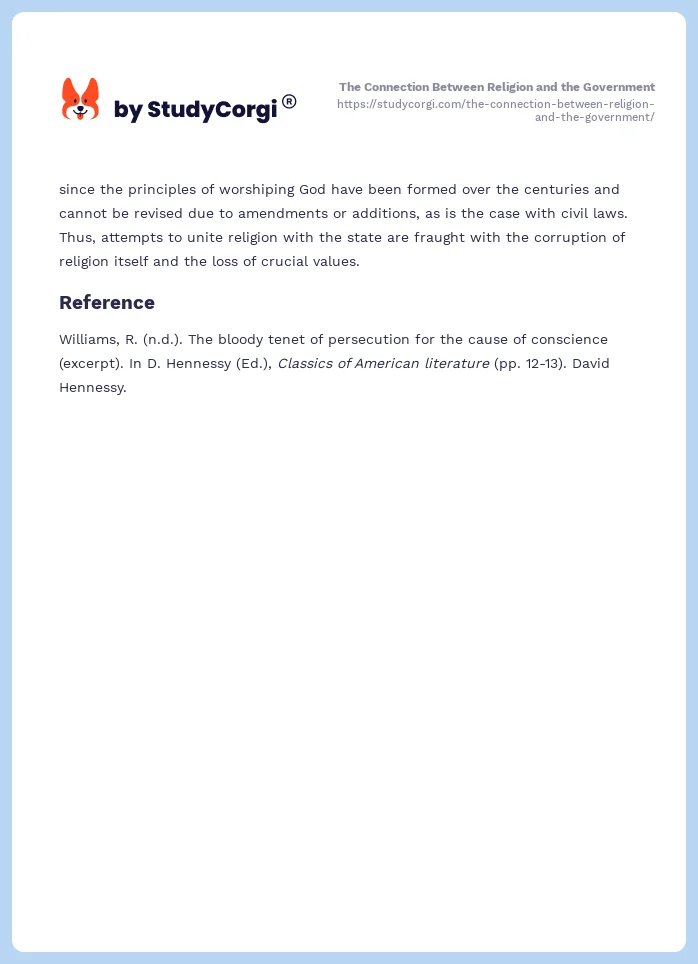What Is The Connection Between Social Structure, Government, And Religion?
The connection between social structure, government, and religion is a multifaceted topic that has intrigued scholars for centuries. Understanding how these three elements interact can provide valuable insights into the functioning of societies around the world. In this article, we will explore the intricate relationships between social structures, governance systems, and religious beliefs, highlighting their influences on each other and the implications for individuals and communities.
Throughout history, social structures have shaped the way governments function and how religions influence societal norms. By examining these connections, we can better appreciate the role of each component in maintaining societal order and cohesion. This article aims to dissect these complex relationships, providing a comprehensive understanding of how social structure, government, and religion interrelate.
As we delve into this topic, we will also discuss various theoretical frameworks and real-world examples that illustrate these connections. From the role of religion in legitimizing government authority to the way social hierarchies dictate religious practices, the interplay between these elements is crucial for comprehending modern society. Join us on this journey to uncover the profound connections between social structure, government, and religion.
Table of Contents
- 1. Understanding Social Structure
- 2. The Role of Government
- 3. The Influence of Religion
- 4. Interconnections Between Social Structure, Government, and Religion
- 5. Case Studies
- 6. Theoretical Frameworks
- 7. Contemporary Issues
- 8. Conclusion
1. Understanding Social Structure
Social structure refers to the organized pattern of relationships and social arrangements in a society. It encompasses various elements, including class, race, ethnicity, and gender, which shape individuals' experiences and opportunities. Key components of social structure include:
- **Social Hierarchies**: The ranking of individuals or groups based on factors such as wealth, power, and status.
- **Roles and Norms**: Expectations regarding behavior and responsibilities associated with different social positions.
- **Institutions**: Established organizations that play a crucial role in society, such as family, education, and religion.
Understanding social structure is essential for analyzing how individuals interact and how societal norms are established and maintained. It also provides the necessary context for examining the roles of government and religion within these structures.
2. The Role of Government
Government serves as the institution responsible for creating and enforcing laws, maintaining order, and protecting the welfare of its citizens. Its role is influenced by the social structure in which it operates. Key aspects of government include:
- Understanding Baron Trump Autism And The Journey Of A Young Boy
- Exploring Donald Trumps Iq Myths Facts And Insights
- **Legitimacy**: The authority of the government is often derived from social structures and, in many cases, religious beliefs.
- **Policy Making**: Governments create policies that reflect the values and priorities of their societies, which are often shaped by social hierarchies and religious teachings.
- **Social Control**: Governments utilize laws and regulations to maintain social order, which can be influenced by prevailing social norms and religious values.
Additionally, the relationship between government and social structure can impact the distribution of resources and opportunities within society, leading to varying levels of equality and justice.
3. The Influence of Religion
Religion plays a significant role in shaping individual beliefs and societal values. It often provides a moral framework that influences social behavior and interactions. Key influences of religion include:
- **Moral Guidance**: Religious teachings often inform ethical decision-making and social norms.
- **Community Cohesion**: Religion can foster a sense of belonging and community among individuals who share similar beliefs.
- **Legitimization of Authority**: Many governments historically have relied on religious institutions to legitimize their authority and governance.
The interplay between religion and social structure can dictate how individuals perceive their roles within society and their relationship with governmental authority.
4. Interconnections Between Social Structure, Government, and Religion
The connections between social structure, government, and religion are complex and mutually reinforcing. Understanding these interconnections can provide insights into how societies function. Consider the following:
- **Influence of Social Class on Religion**: Different social classes may adhere to distinct religious practices or beliefs, which can affect their political engagement and influence.
- **Government Policies and Religious Freedom**: Governments often implement policies that either support or restrict religious practices, impacting social cohesion and individual freedoms.
- **Religious Justifications for Social Hierarchies**: In some societies, religious beliefs can be used to justify social hierarchies, perpetuating inequality and discrimination.
These interconnections highlight the importance of examining each element in relation to the others to understand their collective impact on society.
5. Case Studies
To illustrate the connections between social structure, government, and religion, we can examine various case studies from different regions:
5.1. The Role of Religion in American Politics
In the United States, religious beliefs play a significant role in shaping political discourse and policy-making. The influence of evangelical Christianity, for example, has been instrumental in shaping debates around issues such as abortion and same-sex marriage.
5.2. The Intersection of Islam and Governance in the Middle East
In many Middle Eastern countries, Islamic principles heavily influence governance, shaping laws and social norms. The intertwining of religion and politics can lead to the establishment of theocratic systems, impacting individual rights and freedoms.
5.3. The Impact of Social Structure on Religious Practices in India
India's caste system has significant implications for religious practices and societal interactions. Certain religious traditions are often associated with specific castes, influencing social dynamics and access to resources.
5.4. The Role of Secularism in Modern Societies
Many modern societies strive for secular governance, seeking to separate religious influence from governmental authority. This can lead to debates around religious freedoms and the role of religion in public life.
6. Theoretical Frameworks
Various theoretical frameworks can help us understand the connections between social structure, government, and religion:
- **Structural Functionalism**: This theory posits that social structures and institutions work together to maintain societal stability and order.
- **Conflict Theory**: This perspective emphasizes the role of power dynamics and social inequality, highlighting how religion can be used to justify oppression.
- **Symbolic Interactionism**: This approach focuses on the meanings individuals attach to their social roles, including those shaped by religion and governance.
Each of these frameworks provides a unique lens through which to analyze the complex relationships between social structure, government, and religion.
7. Contemporary Issues
In today's globalized world, the connections between social structure, government, and religion continue to evolve. Some contemporary issues include:
- **Religious Extremism**: The rise of religious extremism poses challenges to social cohesion and government stability in various regions.
- **Secularism vs. Religious Freedom**: The balance between maintaining a secular government and protecting religious freedoms remains a contentious issue in many societies.
- **Globalization**: The interconnectedness of cultures and societies can lead to shifts in religious practices and the role of government.
Understanding these contemporary issues is crucial for navigating the complexities of modern society.
8. Conclusion
In conclusion, the connection between social structure, government, and religion is a complex and dynamic interplay that shapes individual experiences and societal norms. By understanding these relationships, we can better appreciate the factors that influence governance, social hierarchies, and religious beliefs. As we move forward, it is essential to remain aware of the ongoing interactions between these elements and their implications for the future of society.
We invite you to share your thoughts on this topic in the comments section below, and encourage you to explore more articles on related subjects to deepen your understanding of the intricate connections between social structure, government, and religion.
Thank you for reading! We hope to see you back on our site for more insightful content.
- Phoebe Cates A Comprehensive Look At The Iconic Actress
- Arielle Kebbel The Multifaceted Actress And Model

What is the connection between social structure, government, and

The Connection Between Religion and the Government Free Essay Example

Why and when you should unfollow someone on social media and how it can